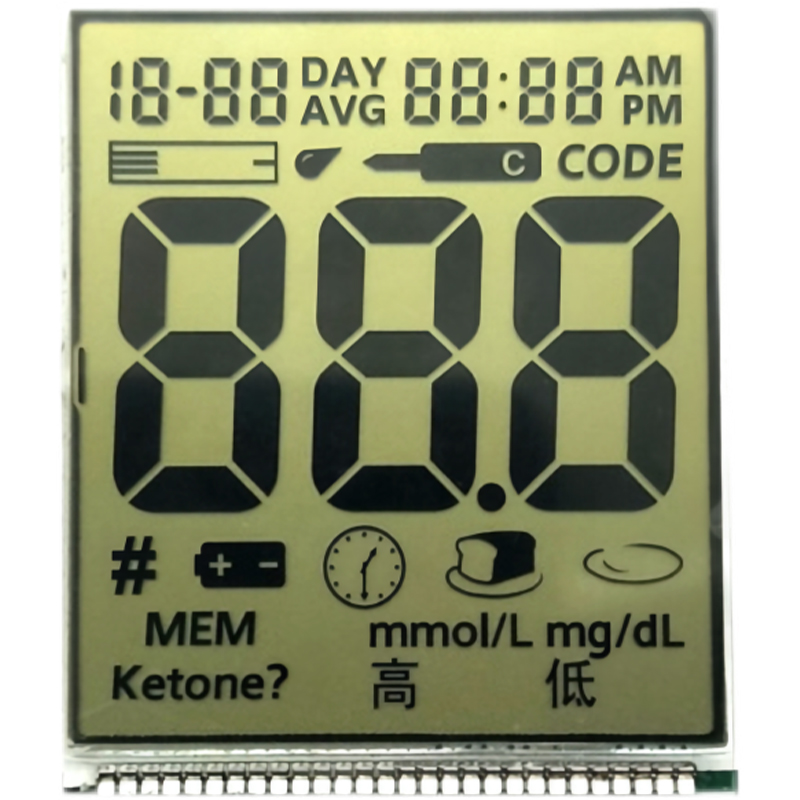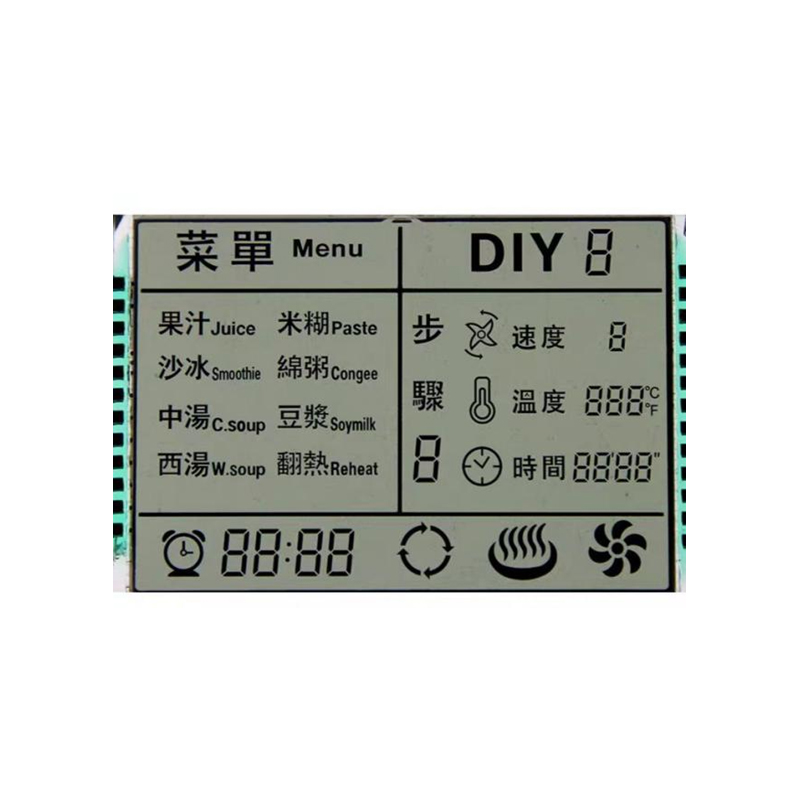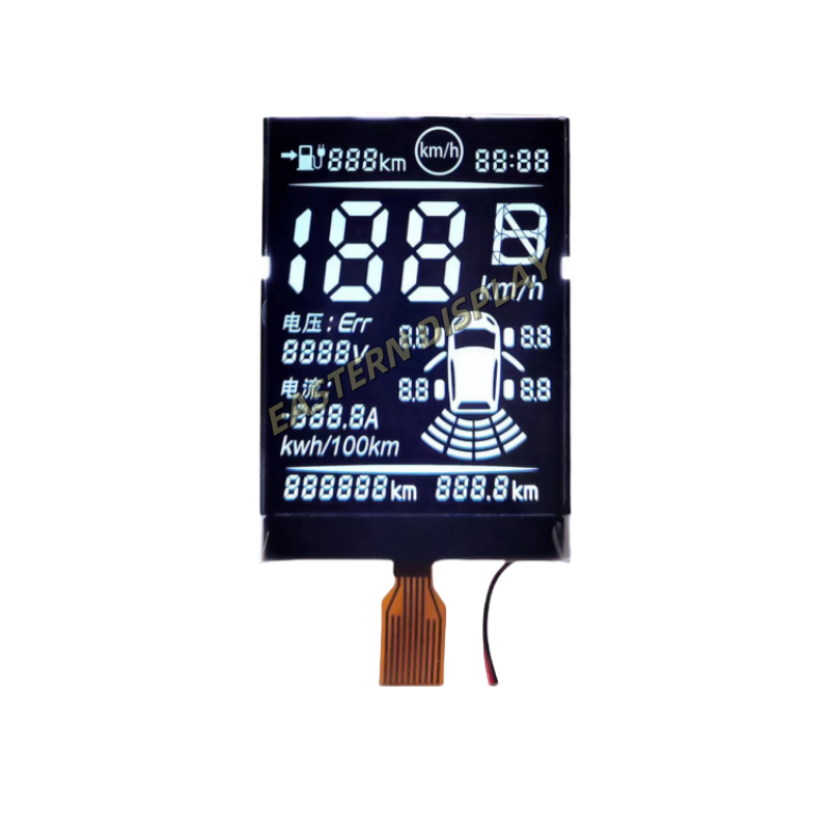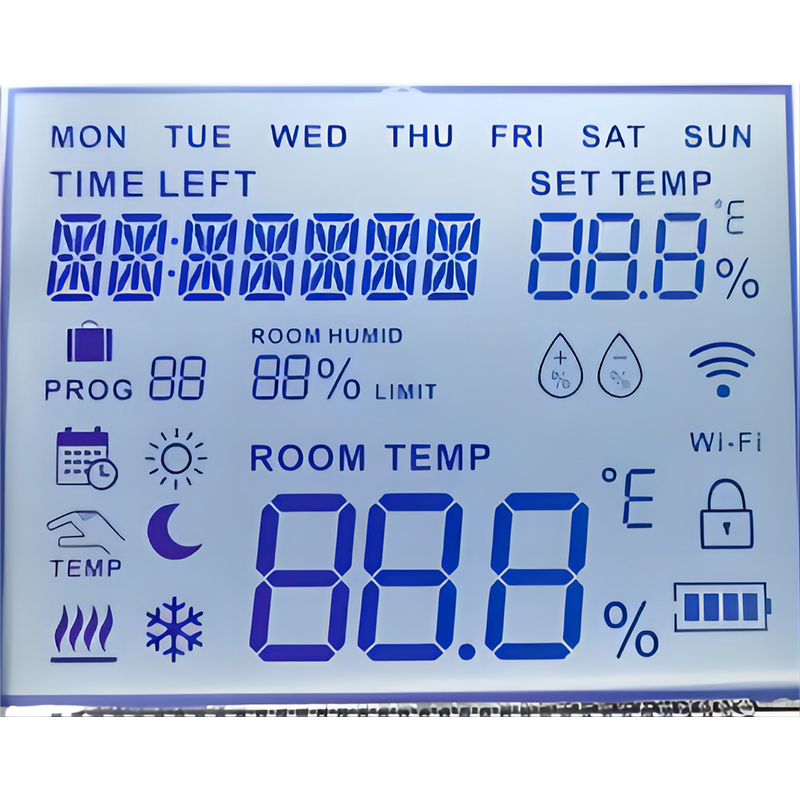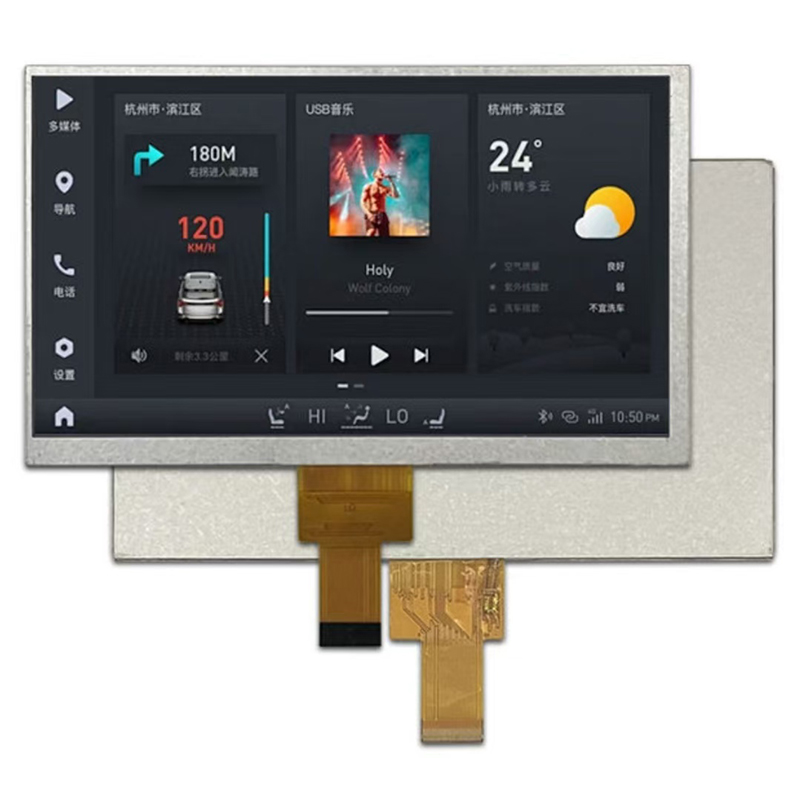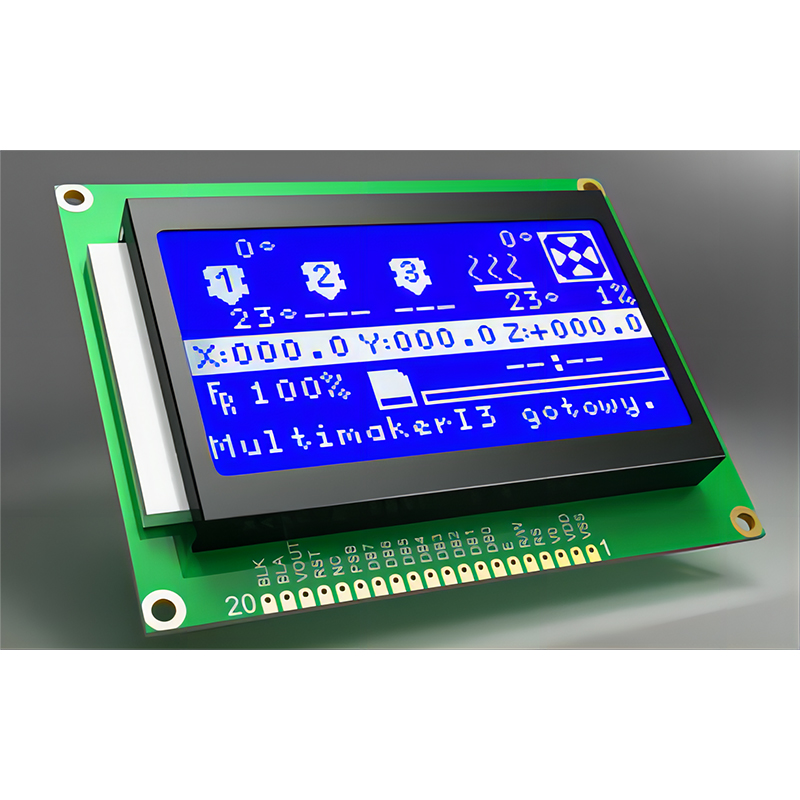
This guide explores the world of 0.69-inch OLED displays, examining their features, applications, and key considerations for choosing the right one. We'll delve into technical specifications, compare different models, and highlight factors to consider before making a purchase. Discover which 0.69-inch OLED display best suits your needs.
Organic Light-Emitting Diodes (OLEDs) offer superior image quality compared to traditional LCDs. They boast deeper blacks, higher contrast ratios, and wider viewing angles. A 0.69-inch OLED display leverages this technology in a compact form factor, making it ideal for specific applications. The self-emissive nature of OLED pixels allows for individual pixel control, resulting in stunning visuals. This technology is known for its vibrant colors and exceptional energy efficiency.
When choosing a 0.69-inch OLED display, several key specifications are crucial. These include resolution (measured in pixels), brightness (measured in nits), contrast ratio, response time, and power consumption. Higher resolution translates to sharper images, while higher brightness ensures better visibility in various lighting conditions. A high contrast ratio contributes to richer blacks and more vivid colors. Faster response times are beneficial for applications requiring quick image transitions, and lower power consumption means longer battery life for portable devices.
The small size and high-quality display of a 0.69-inch OLED make it perfect for smartwatches, fitness trackers, and other wearable devices. The vibrant colors and excellent contrast ratio enhance the user experience, making information easily readable even in bright sunlight. The power efficiency is also crucial for maximizing battery life in these devices.
0.69-inch OLED displays find applications in medical devices requiring compact, high-resolution screens. Their clarity is critical for displaying vital signs, diagnostic information, and other crucial data. The ability to display clear and sharp images is essential for accurate readings and effective monitoring.
These displays are increasingly used in industrial applications such as handheld devices and control panels. Their robustness, high visibility, and compact form factor make them suitable for diverse industrial settings. The energy efficiency can also be significant in reducing overall operating costs.
The market offers several 0.69-inch OLED displays from different manufacturers. Direct comparison is often difficult due to varying specifications and limited public information on some models. It's crucial to consult datasheets provided by the manufacturers for detailed technical information.
| Manufacturer | Model | Resolution | Brightness (nits) | Contrast Ratio |
|---|---|---|---|---|
| Manufacturer A | Model X | 128x128 | 300 | 1000:1 |
| Manufacturer B | Model Y | 240x240 | 400 | 1500:1 |
| Manufacturer C | Model Z | 96x96 | 250 | 800:1 |
Note: The data in this table is for illustrative purposes only and may not reflect current market offerings. Always check with the manufacturer for the most up-to-date specifications.
The ideal 0.69-inch OLED display depends heavily on your specific needs. Consider the required resolution, brightness, contrast ratio, and power consumption for your application. You should also factor in the cost, availability, and the manufacturer's reputation for quality and support. Always consult the manufacturer's datasheet for detailed technical specifications before making a purchase decision.
For high-quality 0.69-inch OLED displays and other LCD solutions, consider exploring the offerings of Dalian Eastern Display Co., Ltd., a leading provider in the display industry.




